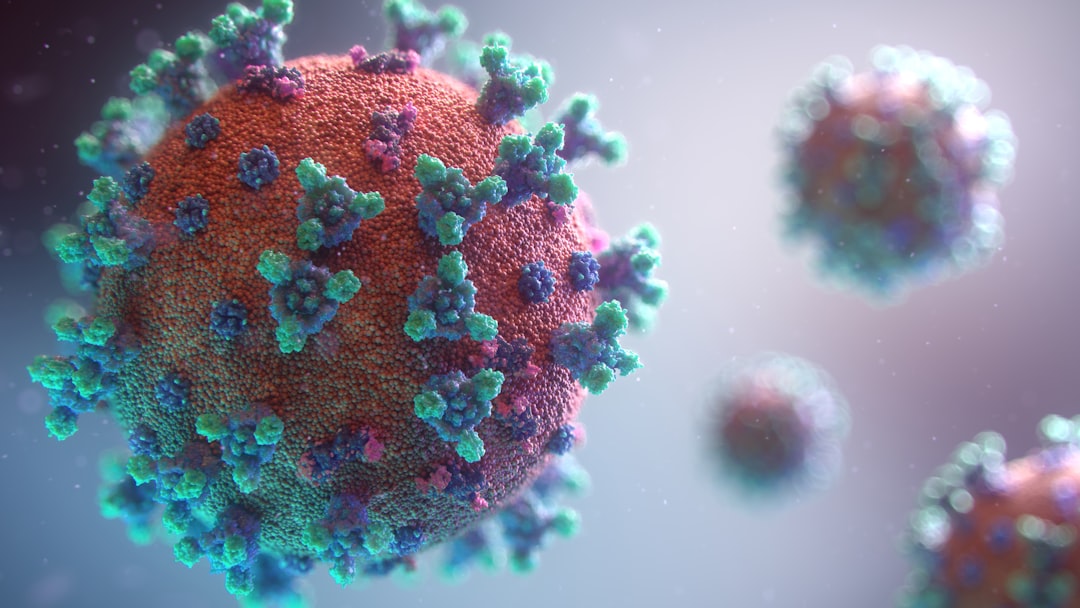What is it about?
This article summarises and discusses the different ways microbes cause Tuberculosis (TB) and how they affect outcome of methods to control TB disease; such as diagnosis, treatment and vaccines. TB is cause by a group of different microbes that have previously been poor noticed. These microbes though very similar to each other above 98% of the time use different ways to cause the same disease (TB). These ways to cause TB are influenced by the microbe differences and by the human host differences also.
Featured Image
Why is it important?
First of all we need to understand the diversity with Tuberculosis to design better approaches to tackle the disease. When we know how a TB microbe successfully spread in one region (or population) than another we can detect what is common between them to develop control tool that can cut accross. Secondly, knowing how specific microbe behave in a given region will enable us to account for this when evaluating a new intervention in this region.
Perspectives
This review article is a good resource on how TB microbe diversity affect the existing control tools and how understanding this diversity will enable us to develop more effective tools.
Dr Leopold D. Tientcheu
MRC Unit The Gambia
Read the Original
This page is a summary of: Immunological consequences of strain variation within theMycobacterium tuberculosiscomplex, European Journal of Immunology, February 2017, Wiley,
DOI: 10.1002/eji.201646562.
You can read the full text:
Contributors
The following have contributed to this page










